 Capacitors are electrical components used in circuits requiring timing or smoothing. They store charge, which is then released at a rate that can be controlled.
Capacitors are electrical components used in circuits requiring timing or smoothing. They store charge, which is then released at a rate that can be controlled.
Key Concepts
A capacitor consists of two parallel plates separated by a dielectric material. Current cannot flow through the dielectric; instead, charge is stored on the plates. The circuit symbol of a capacitor is effective!
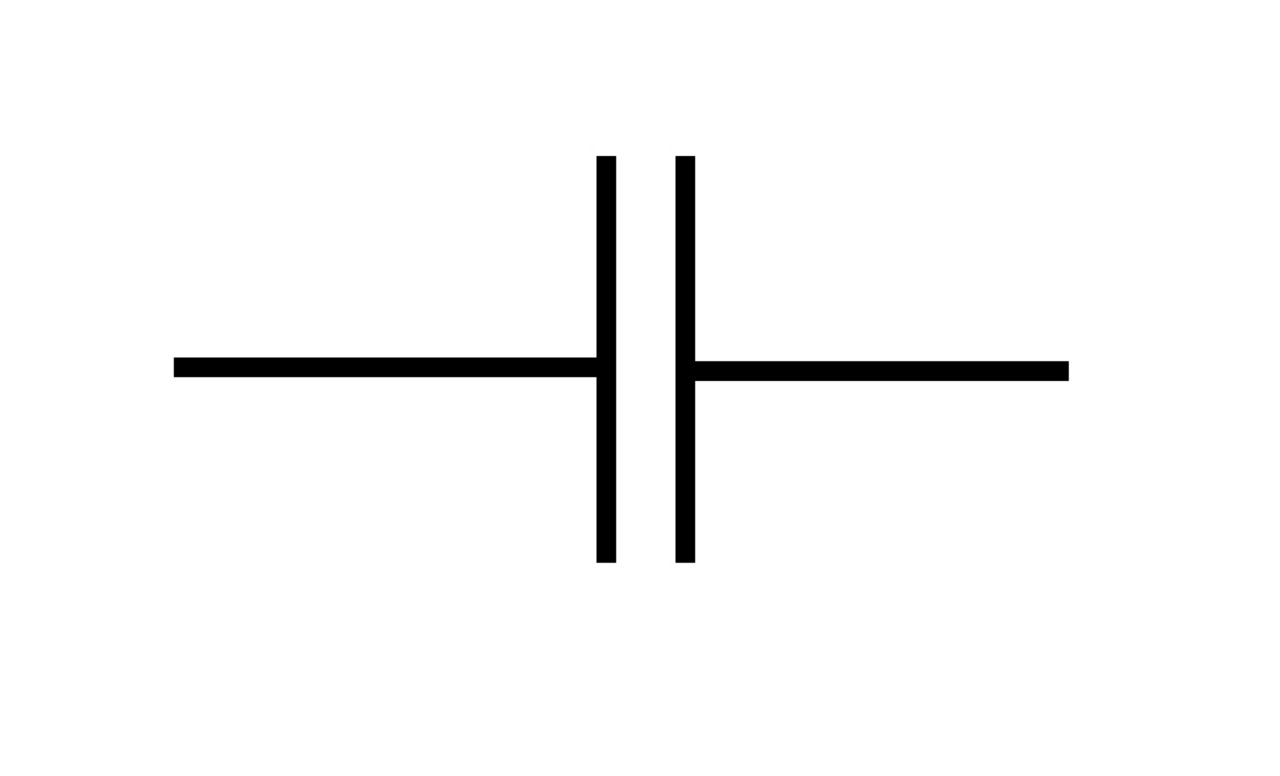
The capacitance of a capacitor is defined as the ratio of the charge stored to the potential difference across the capacitor:
\(C={q\over V}\)
- \(C\) is capacitance (F)
- \(q\) is charge (C)
- \(V\) is potential difference (V)
For a fixed capacitance, \(q=CV\). Capacitance can be determined from the gradient of a charge-potential difference graph.
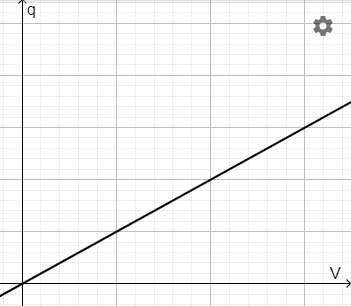
A capacitor contains a uniform electric field. The value of the capacitance of a capacitor is set according to three variables:
\(C=\varepsilon{A\over d}\)
- \(C\) is capacitance (F)
- \(\varepsilon\) is an electric constant (Fm−1)
- \(A\) is the area of overlap of the two plates (m2)
- \(d\) is the separation between the plates (m)
The electric constant is the product of the permittivity of free space and the relative permittivity of the dielectric:
\(\varepsilon=\varepsilon_0k\)
- \(\varepsilon_0\) is the permittivity of space (8.854 x 10-12 Fm-1)
- \(k\) is the permittivity of the dielectric (~1 for air and >1 for all media)
Capacitors can be used in rectification to overcome the sinusoidal limitation of full wave diode rectification. The presence of a capacitor in parallel with the load smooths the current through the resistor by continuing to release charge even when the EMF across the power supply falls to zero. This has a smoothing effect.

This bridge circuit can appear to be complex at first. However, tracing the flow of current upward from the power supply through A, D, R, C, B and back to the bottom of the power supply shows that diode bias is adhered to throughout.
Use quizzes to practise application of theory.
How much of Capacitors have you understood?



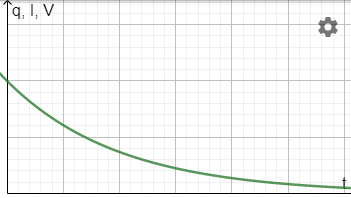
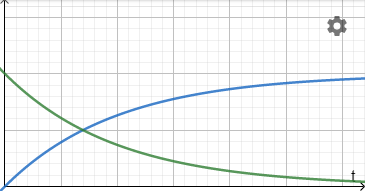



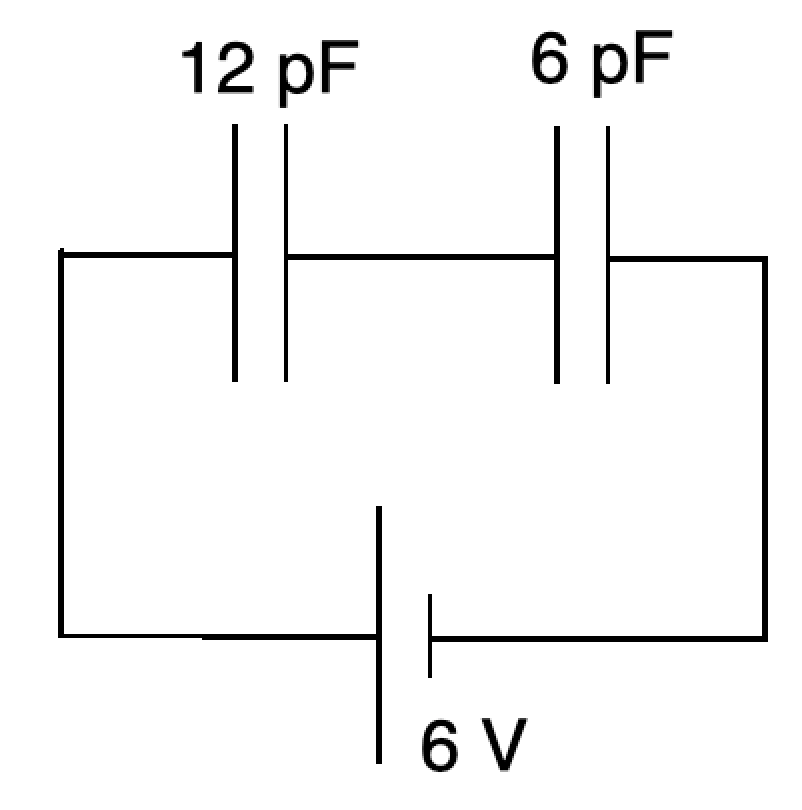


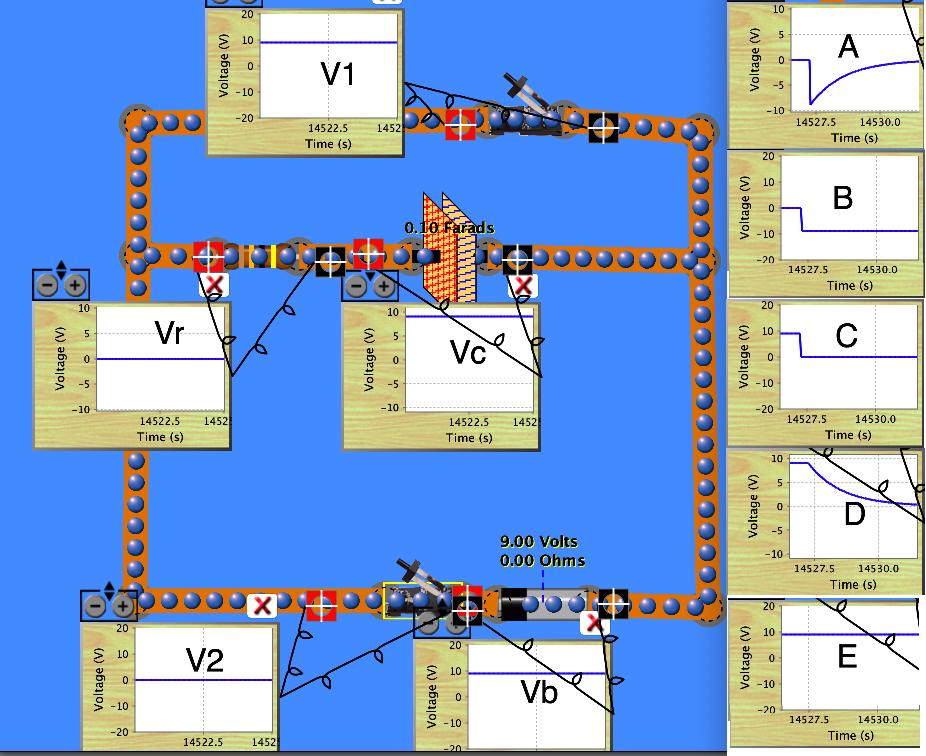


 Twitter
Twitter  Facebook
Facebook  LinkedIn
LinkedIn